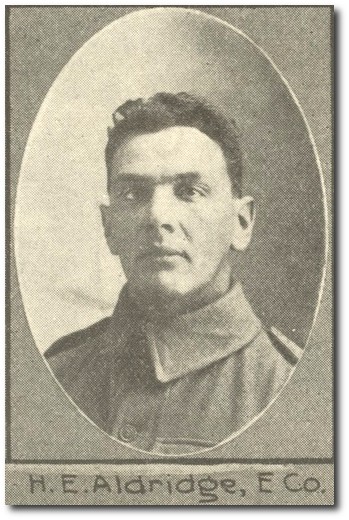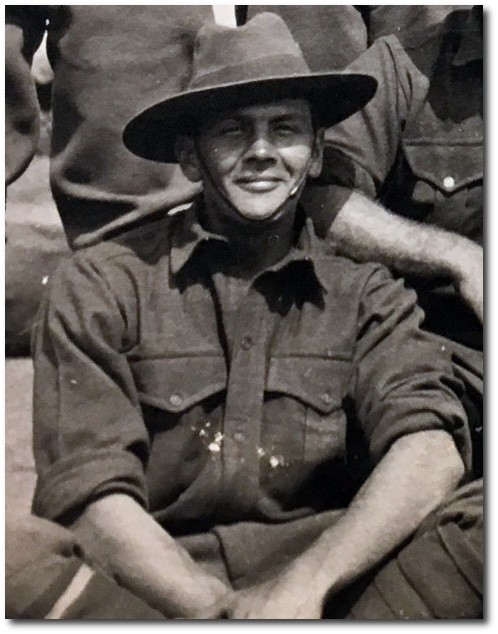
Indigenous Australian, Harry ALDRIDGE, 9th Infantry Battalion
Harry (Harold) Edgar Aldridge was keen to volunteer with the first AIF, when Australia announced it was to go to war. Harry was born in 1893 to Harry Aldridge and Lappy Tanner a Butchulla woman, whose people are the traditional owners of K'gari (Fraser Island).
With more than two years previous experience with the 4th Infantry Battalion, he enlisted on 22 August 1914 and was allotted to the 9th Infantry Battalion, being formed by Lieutenant Colonel Harry Lee. Harry embarked with his new companions on the troopship Omrah from Pinkenba Wharf in September 1914. When the campaign on the Gallipoli Peninsula was imminent Harry and the 9th embarked for ‘places unknown’ early in March 1915. Just days before the landing at Anzac Cove, Harry Aldridge was admitted to No. 2 Stationary Hospital, at Mudros, with pneumonia.
Harry was evacuated to hospital in Cairo where he spent two months recovering. Now fit for service in July he joined his comrades for the remainder of the Gallipoli campaign, leaving just short of the evacuation to be treated for jaundice. In February 1916 Harry Aldridge was transferred to the 49th Battalion and just before the unit sailed for France was found to be AWOL and reduced to the ranks from Corporal, which he had earned while fighting at Gallipoli.

Private Harry Aldridge, 9th Infantry Battalion
In September 1916 whilst in the front lines at Mouquet Farm, Harry was wounded in the right leg and evacuated to England for treatment. Although initially his leg healed well enough he contracted Rheumatic Fever and was no longer considered fit for military service. Harry Aldridge returned to Australia and his family in February 1917.
Read more ...
- Service record: ALDRIDGE, Harry Edgar
- Embarkation roll: 9th Infantry Battalion, E Company
- Image 1. The Queenslander Pictorial, 17 Oct 1914
- Image 2. 31166 Warnes Family collection
The information in this blog post has been researched by State Library staff and volunteers, it is based on available information at this time. Disclaimer added, text reformatted, image attributionIf you have more information that you would like to share or further research uncovers new findings, this post will be updated.
Comments
Your email address will not be published.
We welcome relevant, respectful comments.